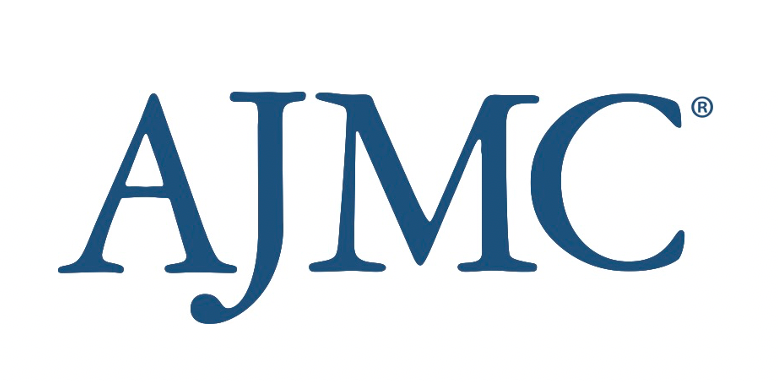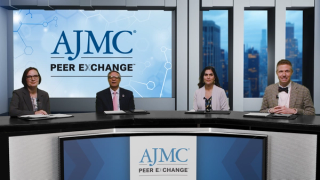
Clinical
Latest News
Latest Videos

CME Content
More News

A study reveals higher health care costs and resource use for uncomplicated urinary tract infections (uUTIs), emphasizing the need for improved patient management strategies.
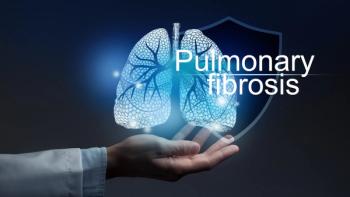
Forced oscillation technique (FOT) can enhance early detection and management of progressive pulmonary fibrosis.

Doctors can identify ways of proactively addressing glaucoma in patients by discussing options with their patients, says Christine Funke, MD.
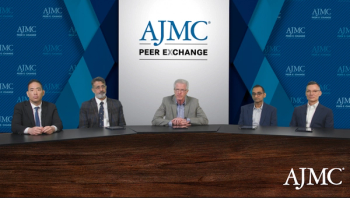
Panelists discuss how managing bronchiectasis exacerbations involves targeted antibiotics based on sputum cultures, augmenting mucus clearance with devices, and considering surgical intervention when medical management fails.

Panelists discuss how bacterial infections, environmental triggers, and microbiome imbalances cause bronchiectasis exacerbations, leading to increased cough, phlegm, fatigue, and hemoptysis.
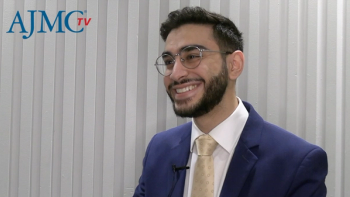
Samer Wahood, AB, shares that his research reveals a significant link between July erythemal UV radiation exposure and increased risks of melanoma in situ and invasive melanoma.

New research reveals how serum soluble Klotho levels relate to chronic kidney disease risk (CKD) in patients with diabetes and hypertension.
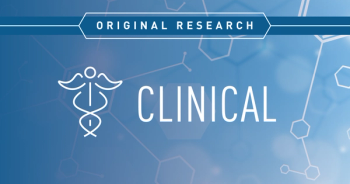
A community-based remote patient monitoring (RPM) program was associated with significant reduction in blood pressure in Medicare patients with stage 2 hypertension, highlighting the potential benefits of RPM with care coaching.

Raymond Osarogiagbon, MD, highlights the potential benefits of increasing screening rates for patients diagnosed with lung cancer and the broader US health care system.
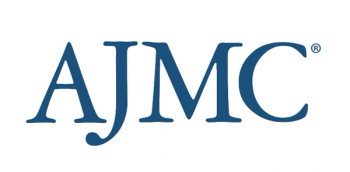
A longitudinal, relationship-based case management approach significantly reduced health care costs and improved quality of life for Medicaid enrollees with complex needs over 1 year.

Panelists discuss how the 5-year CROWN trial data for lorlatinib have shaped the treatment paradigm for ALK+ metastatic non-small cell lung cancer (NSCLC), particularly regarding long-term survival, durability of response, and management of brain metastases.
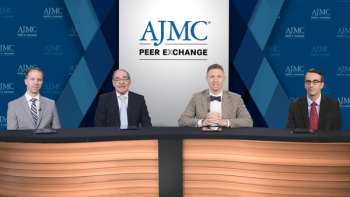
Panelists discuss how targeted therapies for immunoglobulin A (IgA) nephropathy are advancing rapidly, with promising results from trials of B-cell modulating agents that inhibit APRIL/BAFF signaling and complement pathway inhibitors that address specific steps in the 4-hit cascade.

A panelist discusses how education and cost are key challenges in ensuring comprehensive molecular testing is performed in a timely manner for patients with ovarian cancer, emphasizing the need for better education of health care providers and more affordable, widely available testing options.

A panelist discusses how multiple molecular biomarkers beyond BRCA and homologous recombination deficiency (HRD) testing are emerging as important for guiding ovarian cancer therapy, including microsatellite instability (MSI), tumor mutational burden (TMB), HER2, p53, KRAS, and CCNE amplification.

A panelist discusses how the evolving landscape of atopic dermatitis treatment is moving toward a more personalized approach that carefully balances efficacy goals with safety considerations, incorporating new targeted therapies alongside traditional options while also expressing excitement about emerging research in dermatology including novel bispecific antibodies, microbiome-based interventions, and noninvasive diagnostic technologies that may revolutionize disease management in the coming years.

Panelists discuss how they will explore optimizing care for patients with ALK-positive non-small cell lung cancer (ALK+ NSCLC) through treatment selection, sequencing strategies, and interpretation of emerging clinical data.

Panelists discuss how novel targeted therapies for immunoglobulin A (IgA) nephropathy are transforming treatment paradigms by specifically addressing the underlying pathophysiology of the 4-hit cascade rather than broadly suppressing inflammation.
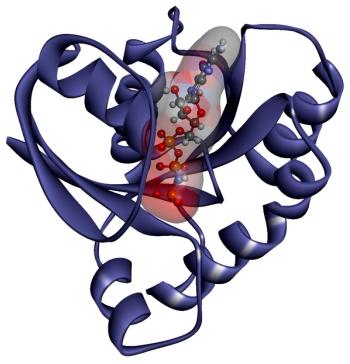
KRAS-targeted therapies, including daraxonrasib and zoldonrasib, show promise in overcoming resistance in cancer treatment, as highlighted at the 2025 meeting of the American Association for Cancer Research (AACR).

IO Biotech's first-in-class vaccine performs double duty, killing cancer cells and enhancing the tumor microenvironment. A phase 3 trial is on track to release results this fall.
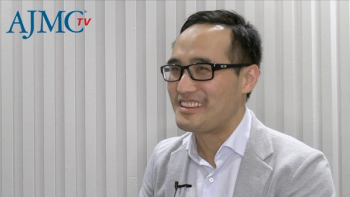
Mingyang Song, MBBS, ScD, expands upon the link between ultraprocessed foods and cancer risks, emphasizing the need for better dietary choices and further research.
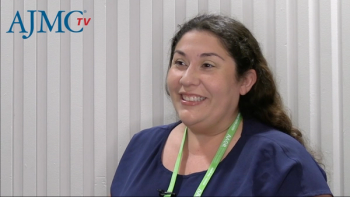
Higher social capital is associated with fewer treatment delays among cervical cancer survivors, with notable racial disparities in reported social capital levels and access to timely care.

To better treat adolescent and young adult (AYA) patients with various subtypes of Hodgkin and non-Hodgkin lymphomas (NHL), Andrew Evens, DO, speaks to the importance of primary care, screening access, and research.

Duke Appiah, PhD, MPH, discusses maternal health disparities, emphasizing the impact of racial and ethnic factors on pregnancy outcomes for women with cancer.

Data come from patients with stage 3 melanoma enrolled in a phase 3 randomized trial and showed that detection of circulating tumor DNA (ctDNA) prior to adjuvant systemic therapy can predict risk of early recurrence.

Panelists discuss how the management of uncomplicated urinary tract infections (UTIs) is evolving, with promising new therapies that address antibiotic resistance concerns, while emphasizing the continued importance of antimicrobial stewardship, personalized treatment approaches, preventive strategies, and comprehensive patient education to reduce recurrence rates and improve outcomes in this common but burdensome condition.


